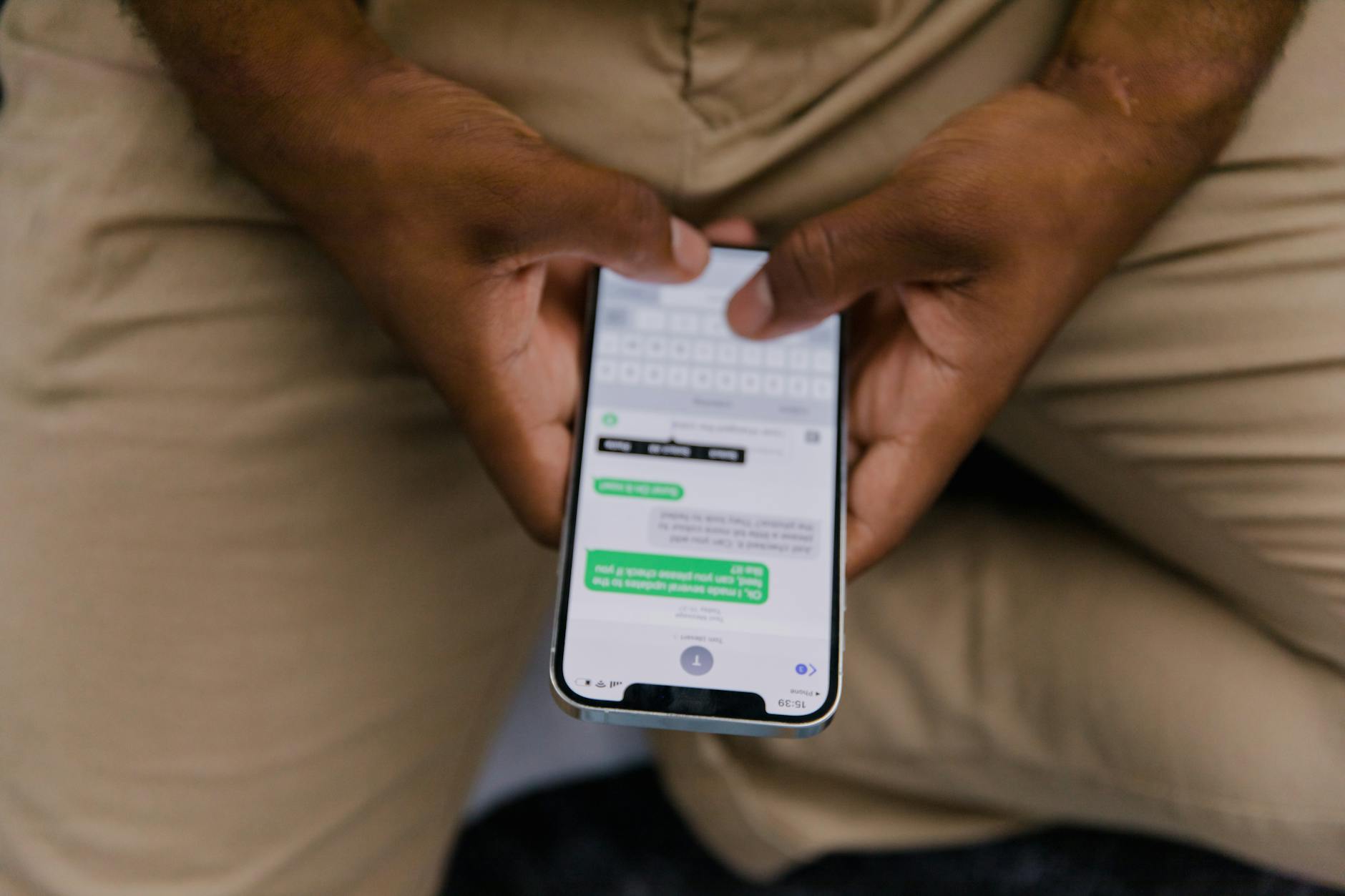What is media consumption habits?

What is media consumption habits?
In our fast-paced, technology-driven world, understanding media consumption habits is more vital than ever. These habits shape not only how we absorb information but also how we interact with the world around us. As digital platforms proliferate, knowing these patterns can significantly boost both productivity and personal growth.
Consider this: How much time do you spend scrolling through social media versus reading a book? The answer reveals a lot about your media consumption habits, which can influence your focus, creativity, and overall well-being.
Defining Media Consumption Habits
Media consumption habits refer to the patterns and preferences surrounding how individuals engage with different types of media. This encompasses everything from the platforms we choose to the formats we prefer. In this digital age, our choices are abundant—making it essential to recognize what drives our media consumption.
Types of Media Consumption
Let’s break down the various types of media that people typically engage with:
-
Television: While streaming platforms are on the rise, traditional TV still holds its ground. Shows and live events often draw large audiences.
-
Social Media: Platforms like Instagram, Facebook, and TikTok are not just for socializing; they are also primary sources of news and entertainment for many.
-
Podcasts: The podcasting boom has created a new avenue for storytelling and information. Many people prefer listening to podcasts during commutes or workouts.
-
Blogs: Online articles and blogs provide in-depth discussions on specific topics. Many turn to these for a deeper understanding of their interests.
-
Online Articles: From news websites to scholarly articles, the internet offers a vast array of reading material that caters to diverse interests.
Demographics of Media Consumption
Media consumption habits often vary significantly across different demographics. Age, gender, and location play crucial roles. For example, younger audiences tend to gravitate toward social media and streaming platforms, whereas older generations may prefer traditional television or radio. Understanding these demographics helps companies tailor their content to meet the needs of various audiences.
The Impact of Digital Technology
Digital technology has revolutionized the way we consume media. Over the past decade, the shift from traditional media to digital formats has reshaped our daily routines and preferences.
Shifts from Traditional to Digital Media
In recent years, we’ve seen a significant decline in traditional media like newspapers and magazines. According to Deloitte Insights, more consumers are opting for digital news and information, which is often more immediate and accessible. This transition has forced traditional media outlets to adapt or perish.
Mobile Media Consumption Trends
The rise of smartphones and tablets has dramatically changed how we engage with media. Now, we can consume content anytime, anywhere. This shift has led to an increase in short, snackable content that fits our on-the-go lifestyles. Mobile usage statistics indicate users spend around eight hours a day with digital media, which is roughly double the time invested in traditional formats (Statista).
Effects of Media Consumption on Productivity and Well-being
Media consumption can significantly affect our productivity and well-being. It’s essential to examine both the positive and negative implications.
Positive Effects on Personal Development
When used wisely, media can enhance personal growth. Engaging with educational podcasts, insightful blogs, and enriching documentaries can lead to new knowledge and perspectives. The right media choices can inspire creativity, spark ideas, and motivate self-improvement, making media consumption a tool for development.
Negative Effects on Time Management
Conversely, excessive media consumption can lead to procrastination and poor time management. It’s easy to lose track of time while scrolling through feeds or binge-watching shows. This can affect work-life balance, making it crucial to be mindful of our media habits.
Strategies for Improving Media Consumption Habits
Improving media consumption habits can significantly enhance personal productivity and overall well-being. Here are some actionable strategies:
Setting Boundaries for Media Use
Establishing clear time limits for media consumption is essential. Consider using apps that track your media usage and prompt you to take breaks. Setting boundaries can help you reclaim valuable time for more productive activities.
Curating Quality Over Quantity
It’s vital to prioritize quality over quantity in your media choices. Instead of consuming a vast array of content, focus on high-quality sources that align with your personal goals. Curating a list of trusted blogs or channels ensures that the media you consume adds value to your life.
Concluding Thoughts on Media Consumption Habits
In this digital age, being aware of your media consumption habits is crucial. It influences your productivity, personal development, and overall well-being. By implementing strategies such as setting boundaries and curating quality content, you can create a more balanced approach to media consumption. Remember, the goal is to consume media mindfully, allowing it to enhance your life rather than detract from it.

Photo by RDNE Stock project